Sweet Marjoram seeds Herb Flower Seed – Pack of 25-30 seeds
₹60.00
Out of stock
Email when stock available
Sweet Marjoram seeds are the milder cousin of oregano, with a very similar flavour profile but a gentler impact. Sprinkle some freshly cut marjoram over an omelette or baguette for a savoury treat. Marjoram can be grown as a perennial in very mild areas but is grown as an annual elsewhere. Continue reading below for some tips on how to grow marjoram from seed.
Latin
Origanum majorana.
Lamiaceae family.
Difficulty
Easy
Season & Zone
Exposure: Full sun
Zone: Hardy to Zone 9
Sweet Marjoram seeds Starting
Start indoors in plug trays from February to April. Starting indoors is more reliable than direct sowing. Use bottom heat to maintain a constant soil temperature of 15°C (60°F) for best results. Seeds should germinate in 7 to 14 days. Aparajita lavender double can be a good companion
Marjoram seeds are dust-like, so handle them with care. Prepare your containers or trays using a sterilized seed starting mix, and water the mix. Then try to distribute the tiny seeds evenly on the surface of the wet soil. Do not bury them. As seedlings grow, reduce watering so that the soil is only just damp, never wet.
Sweet Marjoram seeds Growing
Grow in a sunny and warm spot. Thin or transplant leaving 25cm (10″) between plants. Cut back after flowering to prevent them from getting straggly. As autumn approaches, divide some to bring inside over winter. Cut back the year’s growth for the rest of your plants to about 6cm (2½”) from the soil.
Companion Planting
Marjoram is particularly good for repelling cabbage moths, and it can be planted between rows of Brassicas for this purpose. Also good around asparagus and basil.
Seed-raised and newly bought marjoram plants can be planted outdoors in late spring or summer, after the last frost. They need a warm, sunny, sheltered spot, either in well-drained soil or in a container. If you have poorly draining soil, plant in a raised bed or container, where drainage will be better. In poorly draining conditions the roots are liable to rot.
Be the first to review “Sweet Marjoram seeds Herb Flower Seed – Pack of 25-30 seeds” Cancel reply
You must be logged in to post a review.

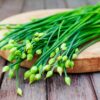

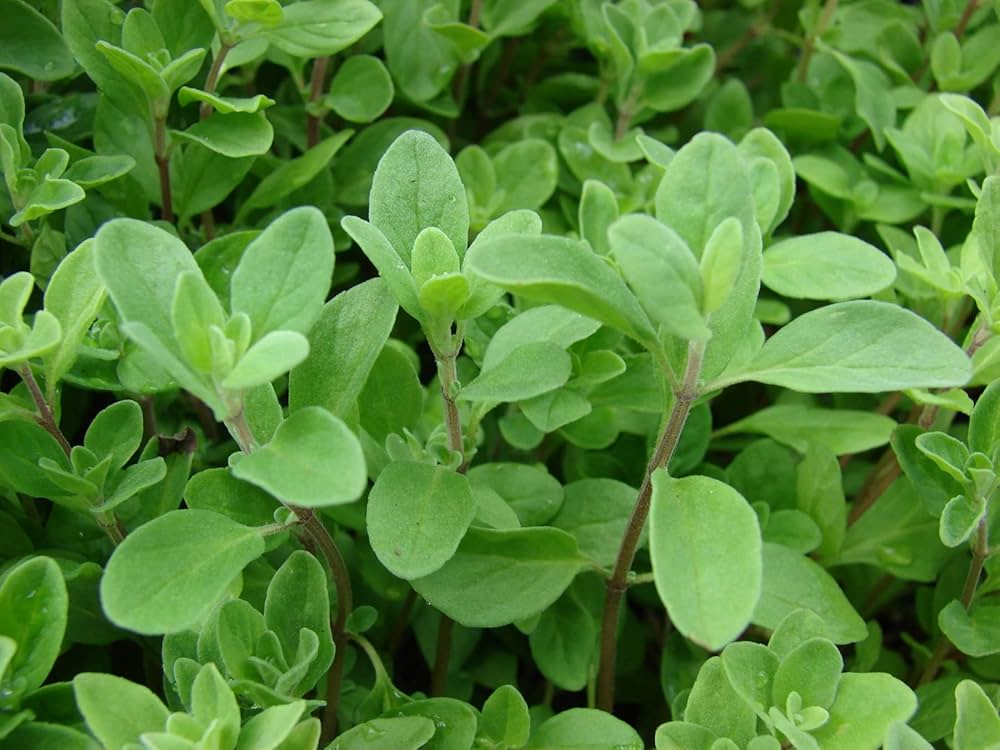
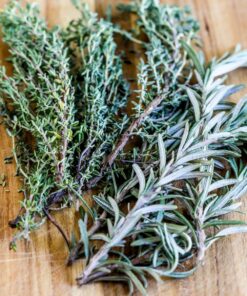
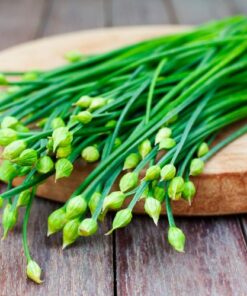
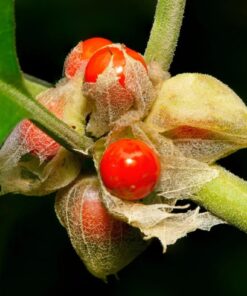
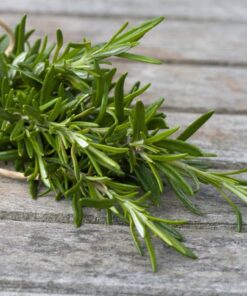
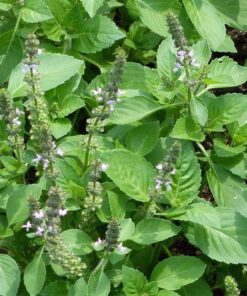
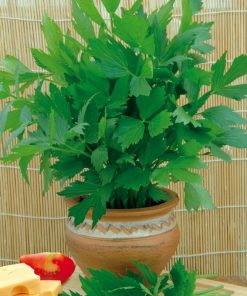
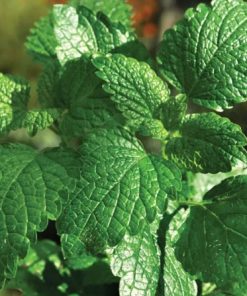
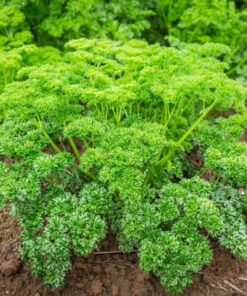
Reviews
There are no reviews yet.